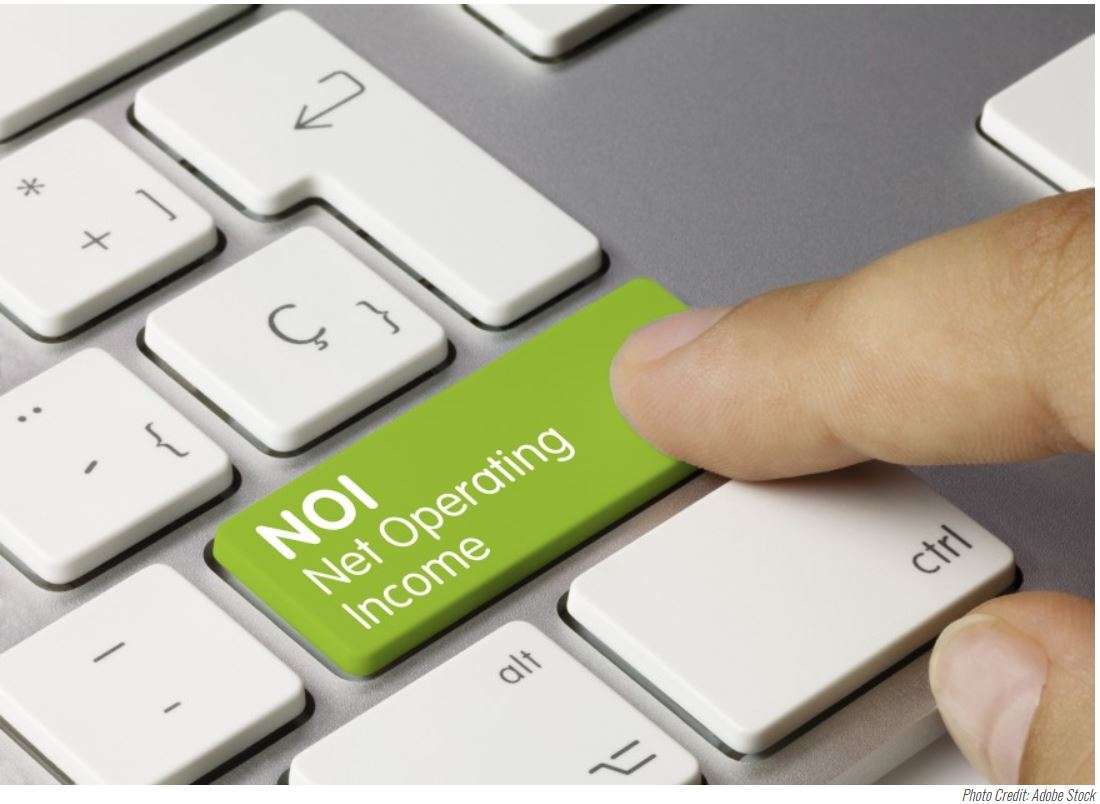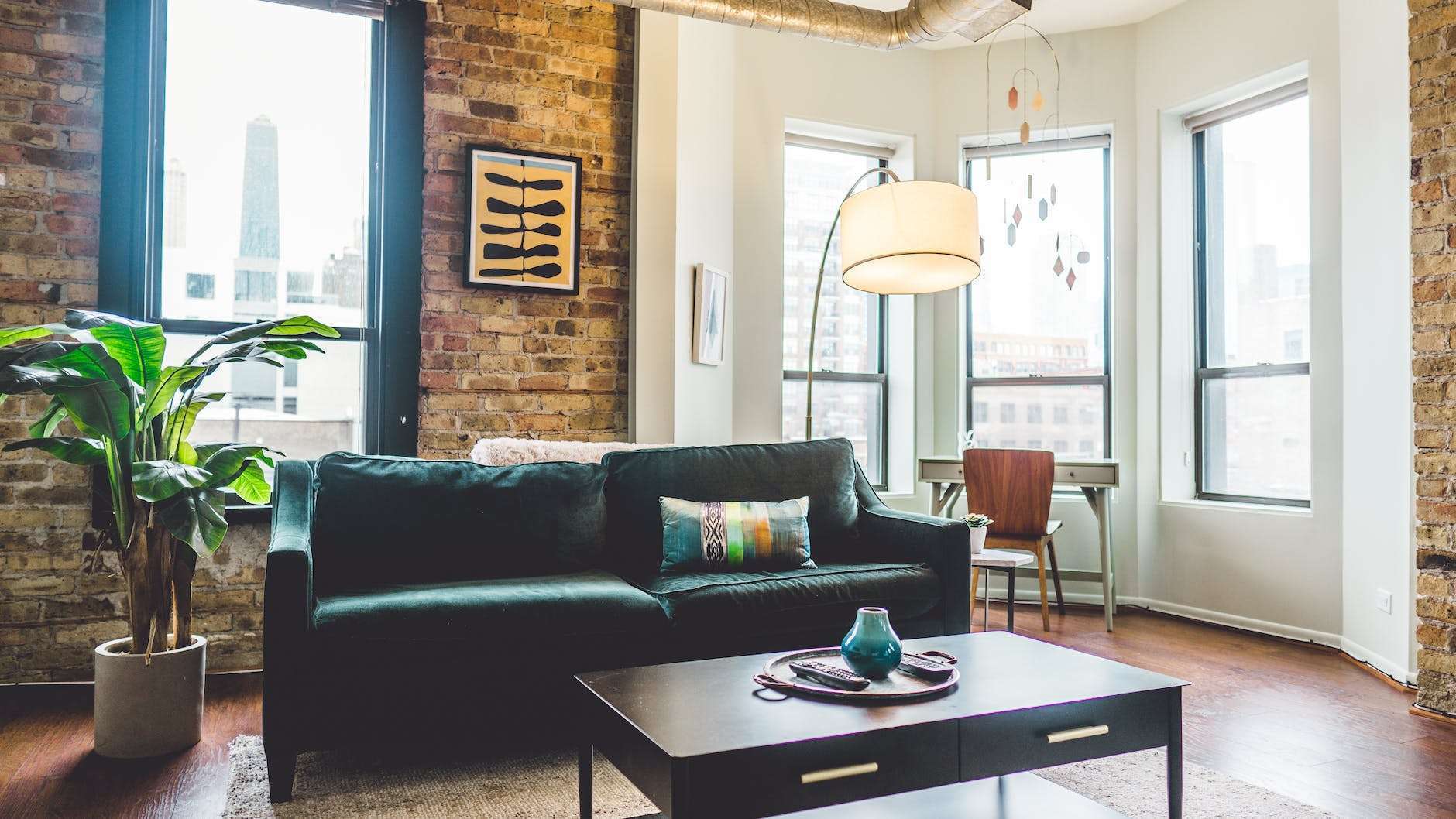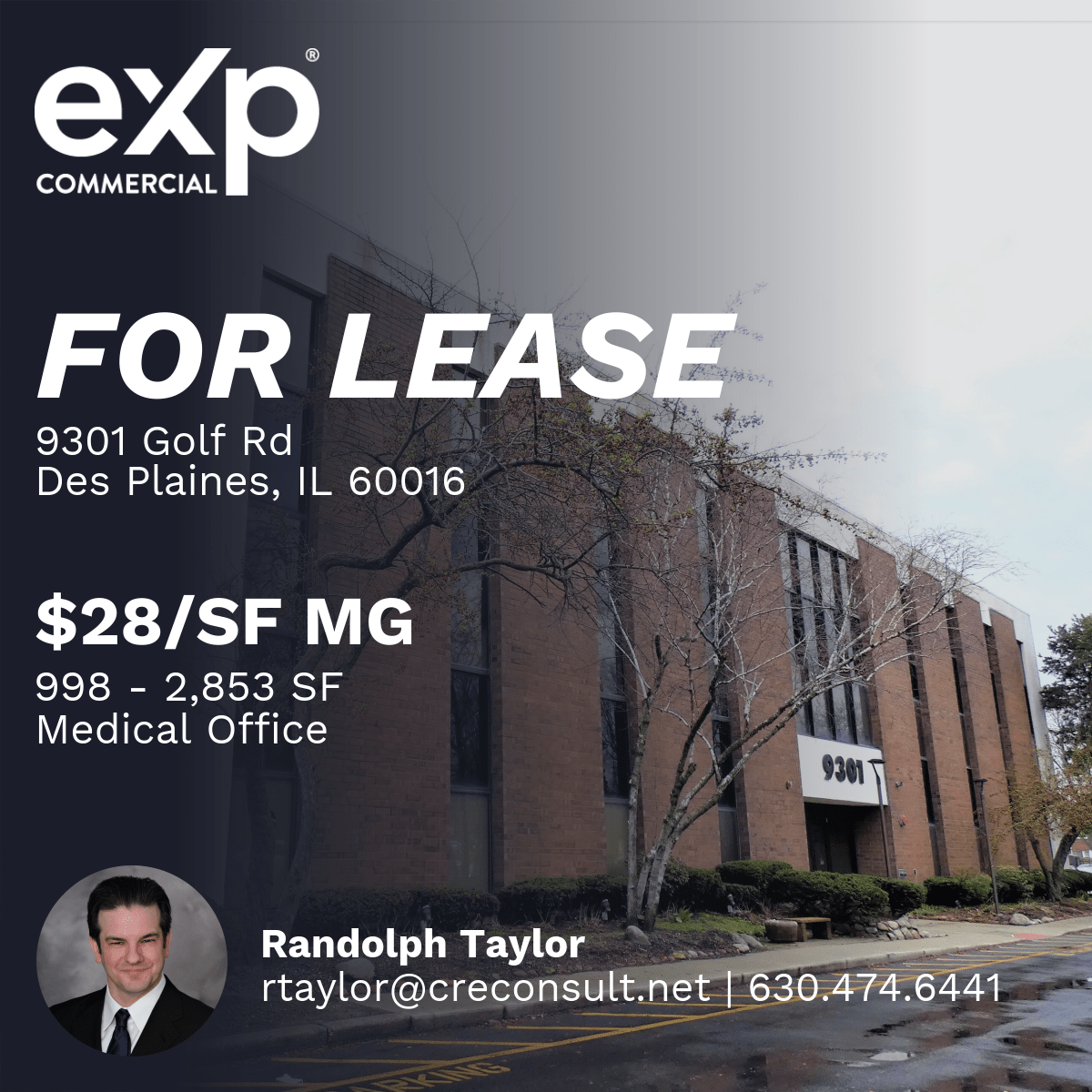
NOI – the unicorn we’re all chasing.
As you may know, increasing the Net Operating Income (NOI) of any commercial property will not only increase your cash flow but also increase the value of your property since the value is determined primarily through NOI and Capitalization Rates (quick refresher on how to calculate the value of the commercial property).
We obviously have no direct control over cap rates, so we’re left chasing NOI.
There are literally countless different ways to increase the income on your multifamily property, and it would be impossible to list everything. But I’ve put together a list of 29 ways to increase Net Operating Income (NOI), from the super simple to the creative.
There are three basic categories where you can squeeze some extra income: maximizing current revenue streams, decreasing costs, and finding new sources of revenue.
Increase NOI by getting the most out of your current income streams
- Bring your rent up to market rates. There are many ways to determine if you are at the market rates (comparing to other properties, getting input from professionals, market surveys, etc.), but the best way is to look at your vacancy. If your property consistently runs well below the market vacancy rates, your rents are probably too low.
- Adjust your fees. It’s important to check your fee schedule against your actual costs consistently and against your competition. You don’t want to eat costs that the resident should be paying, but you should also look at the competition to see how their fees compare.
- Consider remodels that let you charge a premium. A solid interior renovation package usually charges you a premium for non-renovated units. Also, it would be best if you considered adding amenities to the unit, such as a dishwasher or washer/dryer hookups. Occupants are much more likely to choose an apartment with these upgrades, which increases demand for your units which translates into higher rents.
- Laundry. Are you giving free washers and dryers in your apartments? It’s time to consider putting a coin-op facility in your building, charging a fee for the laundry machines, or increasing rent. People are willing to pay for the ability to do laundry in their apartments, so you should charge for it.
- Reduce (or eliminate) rent concessions. Many owners have higher rents but then offer a bunch of concessions to get people to sign. This is problematic for two reasons:
- People decide to tour the property based on the advertised rent. So, high rents with many concessions mean fewer people will show up to tour the property (meaning higher vacancy).
- Most of the time, you don’t need a rent concession to close the deal. It means you’re just giving away money. Instead, use a discount during negotiation to close the deal only once you’ve determined they are a perfect applicant and you’re positive they will walk away.
- Control bad debt. Evictions, sudden move-outs, and damage can all lead to uncollected debt. Chances are, you’ll never collect from the people who cause these issues, so it’s just best to avoid them in the first place. You can avoid these issues by implementing a stronger tenant screening process which will weed out more of the bad guys.
- Reduce water usage. Water is one of the biggest expense categories for most properties. Reducing this will dramatically affect your NOI.
- Install low-flow toilets, showerheads, and aerators. This can reduce the residents' water consumption by 30% or more.
- Install sensors for your irrigation system. Have you ever seen someone watering their lawn during a rainstorm? Well, let’s avoid this.
- Convert some landscaping to xeriscape. Landscaping with water conservation in mind can reduce water consumption dramatically.
- Requote your insurance. According to Kimberley Stallings, a multifamily insurance expert and owner of Heritage Risk Advisors, you should get your insurance requoted every few years. Carriers are always changing their appetites and filling their capacities; simply auto-renewing your policy may cause you to miss out on premium savings and coverage enhancements.
- Challenge your property taxes. Many municipalities over-assess properties hoping the owners won’t challenge their assessment…and many people never challenge. Instead, it would be best if you made it a habit to contest every assessment yearly (unless they reduce your assessment).
- Save on electricity. Install energy-efficient fixtures and bulbs; LED lighting can easily use 80% less energy than standard lighting. Light sensors and motion sensors can also reduce your energy consumption.
- Consider adding recycling. This usually costs nothing (or next to nothing) to implement, but it can significantly reduce the amount of waste your residents generate. Less waste means smaller dumpsters or fewer pickups, which translate into savings for you.
- Get new bids on services. You’ll often get comfortable working with one contractor or company providing a service for you. Although loyalty is important in any business, the cost of those services is even more important. Consider rebidding every service you receive, including HVAC, plumbing, electrical, trash, locksmith, etc. You can use your bids to negotiate down your preferred vendor or switch and try a new one.
- Reduce tenant turnovers. Offer an incentive to the resident when they show their intent to move out. Calculate the cost of a turnover to you and make sure the incentive costs less than the turnover cost. Also, according to Denise Supplee, the Director of Operations at Spark Rental, you can offer longer leases at a lower rate. Even though you may earn a little less, it can be offset by having less turnover.
- Reduce turnover time. Systematize your turnover process to reduce the time between tenants significantly. Having an inspection and repair process could reduce turnover time significantly. Don’t forget to let tenants move in early and pro-rate the rent to reduce your vacancy further.
- Reduce turnover costs. According to Josh Rosenthal at Movin. Space, a site that offers free move-in inspection documents for tenants, unclaimed damages at move-out are a major source of lost revenue. By having a well-documented walk-through process at move-in and move-out, you can avoid conflicts and disagreements on what damage the tenant caused.
Find new sources of revenue to maximize the value of your multifamily property.
- Utility reimbursement or RUBS. This is the biggest and easiest item to generate new revenue. If you operate as an all-bills-paid property, it’s time to join the trend and start charging back utilities. Not only will it generate more revenue, but it will cause the residents to conserve more which is good for you and the environment.
- Leasing washers/dryers. A lot of people don’t want to use a laundromat but can’t afford to buy a washer and dryer. Offer to rent them to the resident.
- On-site storage. A lot of people have a lot of things and nowhere to store them. Consider adding some storage units to the site if space permits. Residents will love the convenience, and so will your bottom line.
- Reserved parking. Heath Silverman, CEO of Stessa, suggests finding value in buildings with unmarked parking areas. You can “immediately divide the lot as efficiently as possible, draw lines, number spaces, institute parking rules, and start charging for spots when it makes sense.” If there is ample space for parking, consider allowing some to pay for reserved parking right in front of their door to increase your NOI.
- Covered parking. Similar to reserved parking, you’ll provide overhead cover for their vehicles, protecting it from rain, hail, and the sun.
- Cell tower leases. If you’re in the right place, you may be able to lease a rooftop or part of your land to provide a cell tower. A telecommunications lease is not as crazy as it sounds to increase NOI.
- Add a billboard. If you’re on a heavily trafficked road, you may want to consider adding a billboard. If you don’t want to install the infrastructure yourself, companies out there will lease the land from you and take care of the rest.
- Vending machines. A vending machine business may be willing to pay you to install food or drink vending machines on your property.
- Valet trash. You could offer to collect trash from the resident’s doorstep for a monthly fee.
- Short-term or furnished rentals. Mark Kenney, a multifamily syndicator and founder of Think Multifamily, suggests renting your model unit or other furnished units daily to the resident’s friends and family. He’s recently implemented a trial program at one of his properties. He said, “These short-term rentals are very low risk since it’s limited to the friends/family of current residents, but it can significantly impact your bottom line.” You could expand upon this idea in several ways, so get creative.
- Pet rent. It’s pretty standard in most places to charge for pets. If you’re not doing it, check your competition and consider implementing it.
Get creative and find new ways to increase your NOI
As you can see, there are dozens of easy ways to increase your NOI. It may not be realistic for you to implement every single line item in this list, but there is no reason why you shouldn’t pick a few and put them into place immediately.
The best thing you should do is estimate all the different revenue streams and different ways to decrease expenses and punch them into your deal calculator.
Then you’ll get a good handle on how the changes affect your overall NOI.
Source: How to Increase the Net Operating Income (NOI) of a Multifamily Property
https://www.creconsult.net/market-trends/how-to-increase-the-net-operating-income-noi-of-a-multifamily-property/





